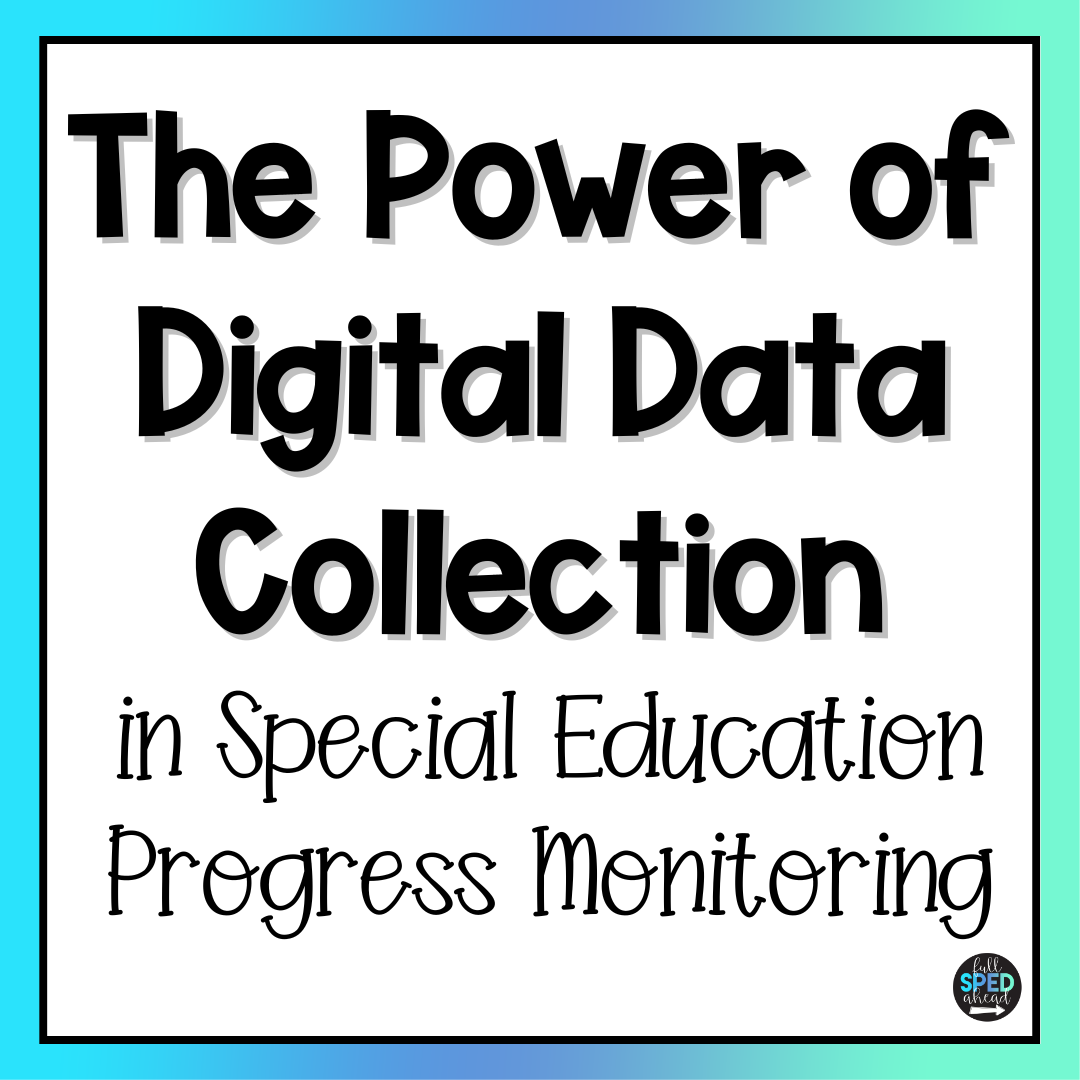
The Power of Digital Data Collection in Special Education Progress Monitoring
Special Education progress monitoring is one of the most essential tasks for special education teachers. It provides a clear picture of how students are progressing

Special Education progress monitoring is one of the most essential tasks for special education teachers. It provides a clear picture of how students are progressing
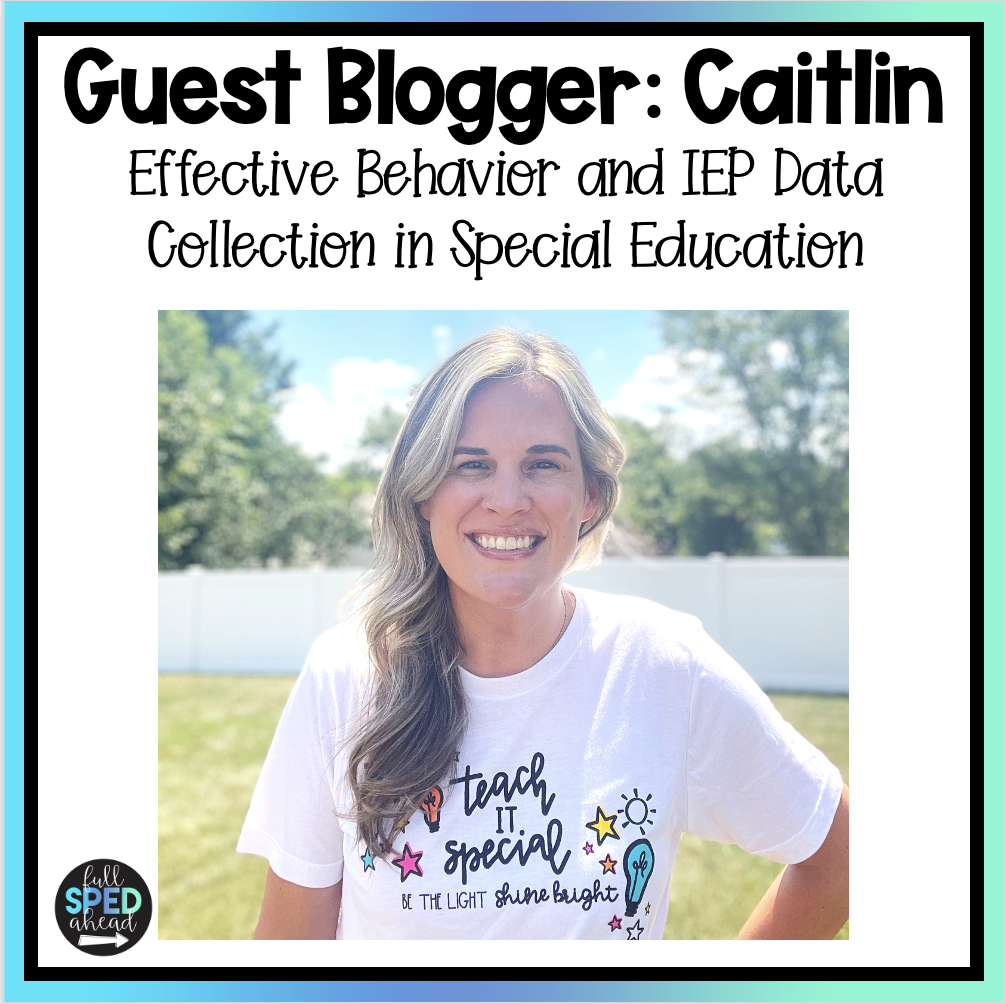
Behavior and IEP data collection is the foundation of effective teaching in any special education classroom. Whether you’re tracking behavior data or progress toward IEP
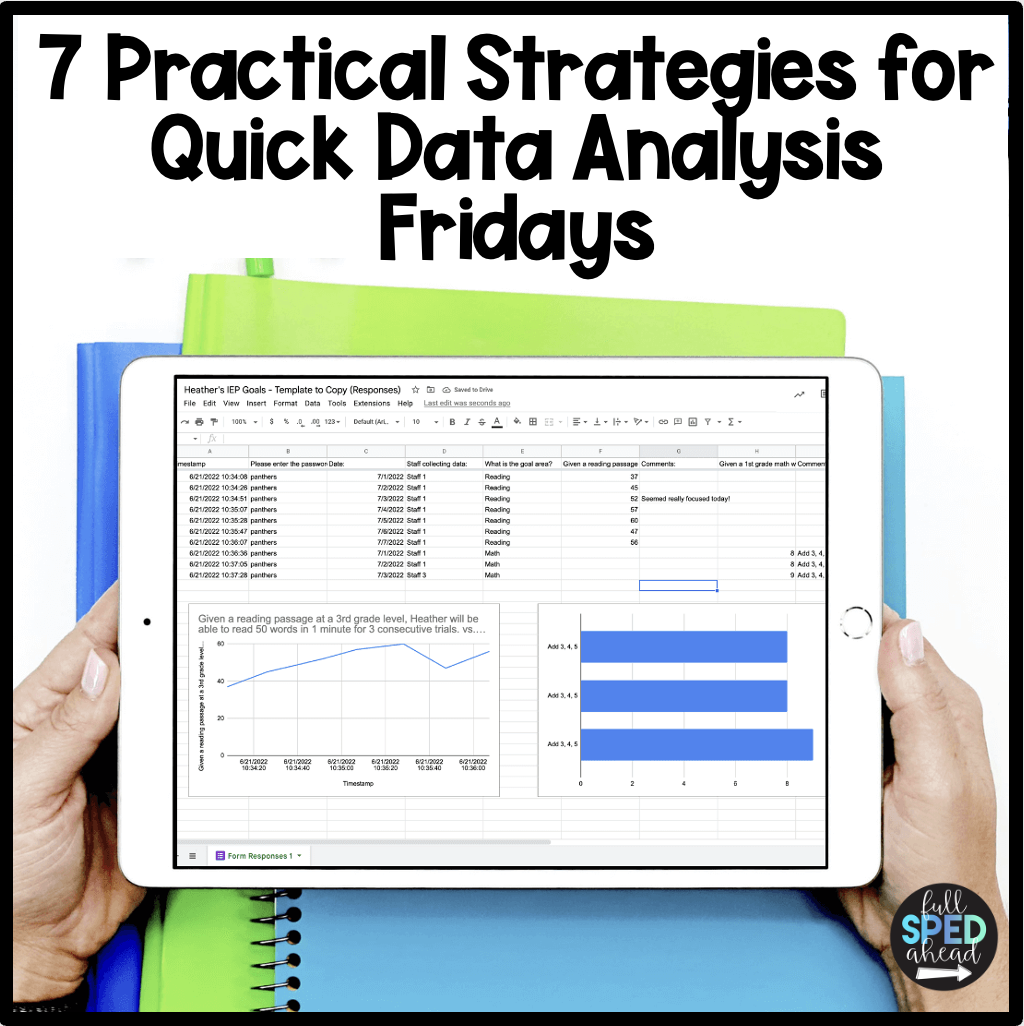
As special education teachers, our responsibility extends beyond collecting data on student progress towards IEP goals, we also need to take time for data analysis.
As special education teachers, we are tasked with not only delivering effective instruction but also meticulously tracking our students’ progress towards their Individualized Education Program (IEP) goals. This data is crucial for measuring student growth, making instructional decisions, and ensuring that we are meeting the unique needs of each student. However, finding the time to consistently track IEP goals amidst the demands of a busy school day can be challenging. In this blog post, we’ll explore why it’s essential to include IEP goal tracking in your daily schedule and provide practical strategies to seamlessly integrate this task into your routine.
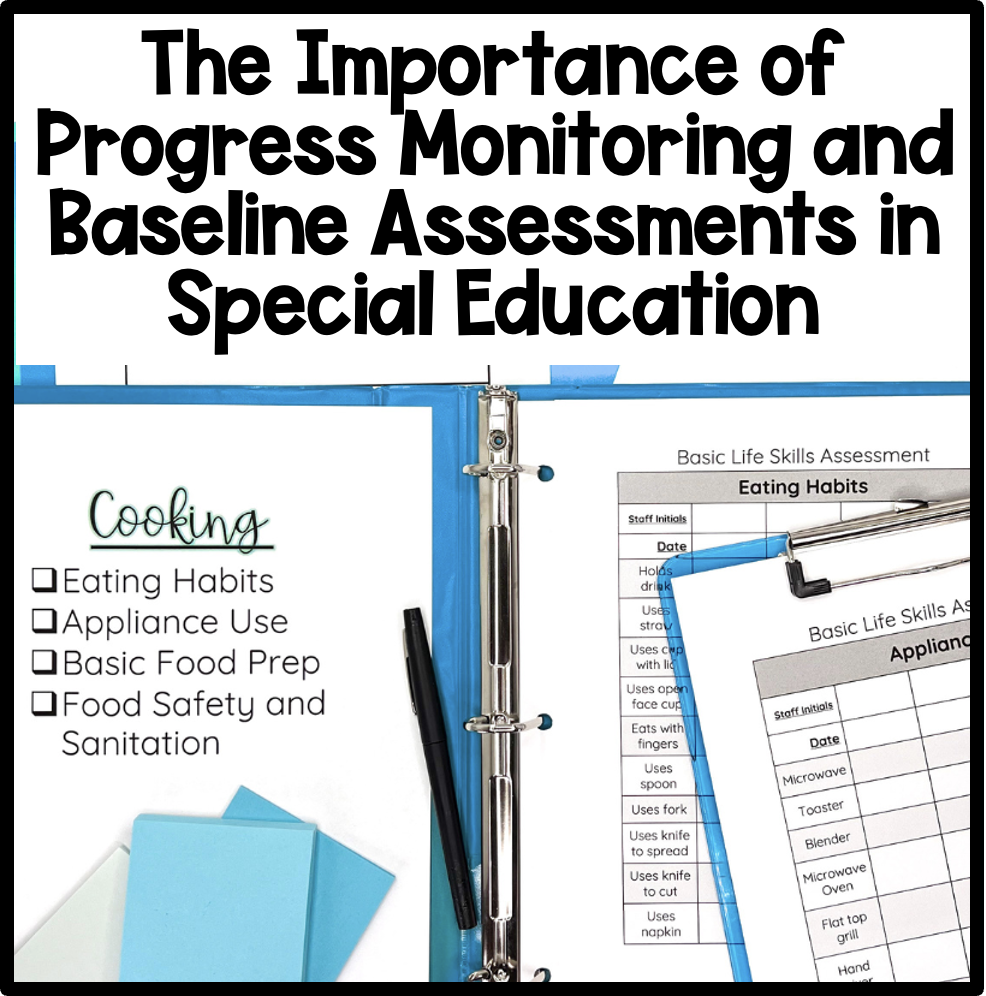
In special education, progress monitoring and baseline assessments are not just beneficial—they are essential. By starting the school year with thorough baseline assessments using tools like the Progress Monitoring Basic Skill Special Education Baseline Assessment Data Sheet.
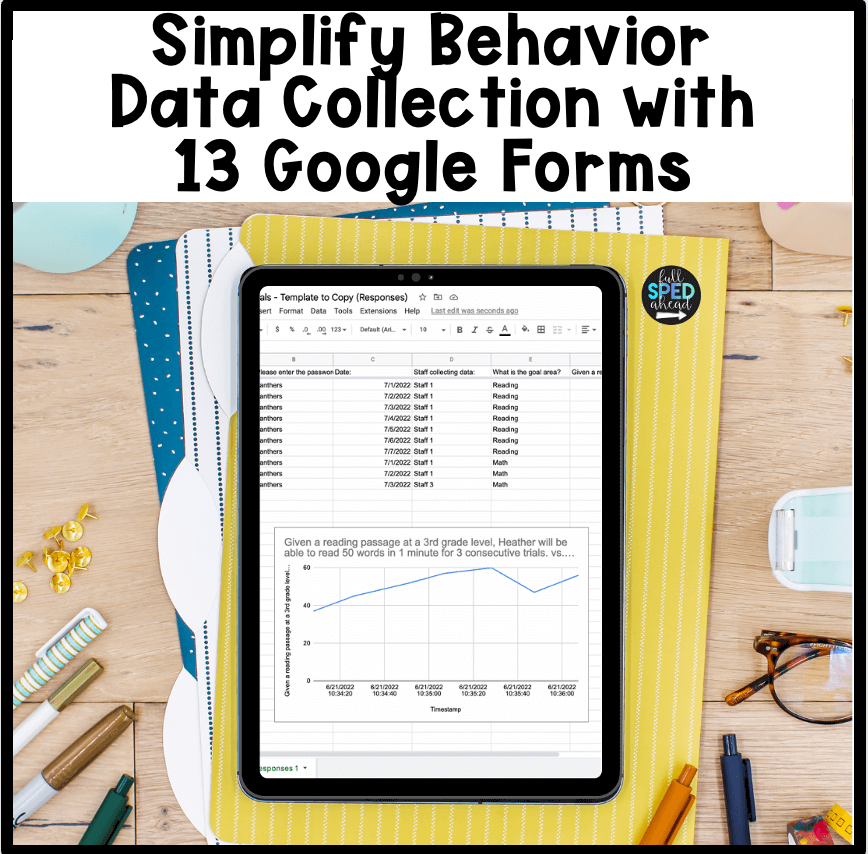
By utilizing Google Forms, special education teachers can enhance their data collection process, ensuring accuracy, consistency, and accessibility. This not only saves valuable time but also empowers teachers to make data-driven decisions that support student growth and success. Embracing digital data collection tools can transform the way behaviors are tracked and managed, leading to more effective interventions and better outcomes for students.
What are you looking for?
COPYRIGHT © 2025 Full SPED Ahead